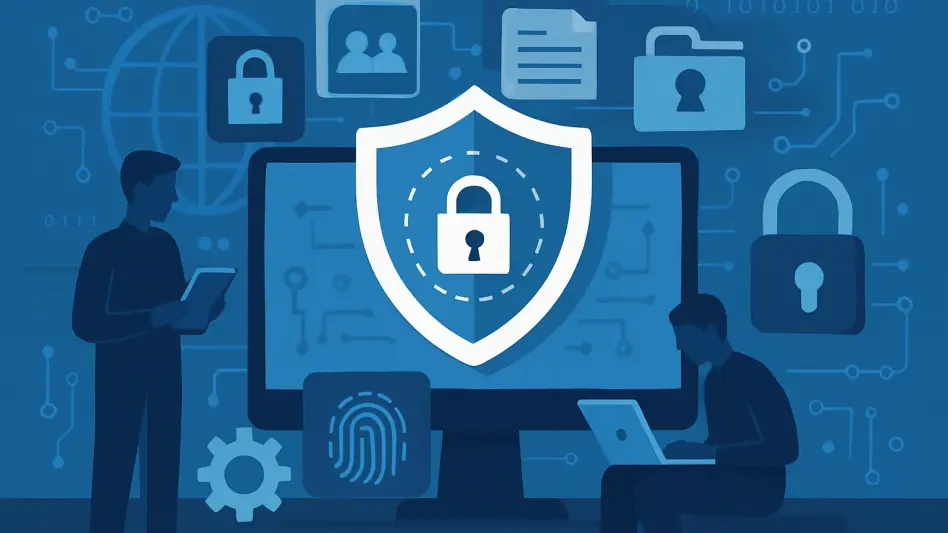Qwizzserial has marked a chilling leap in mobile banking fraud by exploiting the increasing popularity of tech-driven banking solutions in Central Asia, with a specific impact on Uzbekistan. This malware campaign demonstrates a new tech-driven approach as cybercriminals adapt to circumvent existing security measures. As digital options expand throughout the region, attackers are developing innovative techniques to infiltrate user data. These efforts highlight the urgent need for enhanced cybersecurity measures to protect consumers’ financial information in a landscape fraught with digital vulnerabilities.
The Emergence and Development of Qwizzserial
Initial Discovery and Rapid Spread
Initially identified in mid-2024, Qwizzserial deceptively appeared as a minor threat but swiftly escalated its activities. In less than a year, around 100,000 users became victims, with financial damages exceeding $62,000, illustrating the malware’s effectiveness. Its facade mimics legitimate applications with names like “Presidential Support” and “Financial Assistance,” misleading users into granting access to sensitive information. This method of imitation is a common malware tactic, but Qwizzserial’s adaptability sets it apart, showing a significant increase in sophistication.
Threat actors have cleverly used Telegram as a primary distribution platform, creating fake government-related channels to disseminate the malware. These channels disguise themselves as official sources offering financial aid, a tactic aligning with broader schemes like Classiscam. The organizational structure of these operations mirrors organized crime patterns, with clearly defined roles, including administrators who manage the malware’s spread, workers tasked with user engagement, and credential validation experts known as “verifiers.” The strategic deployment of such roles illustrates the complexity and coordination behind Qwizzserial’s operations and sets a new bar for criminal networks aiming to exploit digital environments.
Infection Mechanism and Data Extraction
The technical precision of Qwizzserial’s infection process is noteworthy, designed explicitly for data theft and maintaining device persistence. Upon installation, the malware aggressively requests permissions critical to its functionality, such as reading SMS and accessing phone states. These permissions are essential for intercepting two-factor authentication (2FA) codes and extracting financial data from victims. Smoothly integrating its operations into the user’s device, Qwizzserial poses a formidable challenge for unwary users who inadvertently hand over their banking information through this manipulative approach.
Deception extends beyond initial permissions, with Qwizzserial adopting convincing interfaces to solicit users’ banking card details. Its breadth is astonishing, able to archive existing SMS messages and leverage advanced regex patterns to scrutinize financial communications. This capability demonstrates an elevated level of intelligence gathering, allowing the malware to pinpoint valuable data with precision. The orchestrated execution of these tactics underscores a move toward more targeted and efficient methods, signaling a potentially devastating new model of financial cybercrime in the region.
Technical Advancements and Evasion Strategies
Obfuscation and Persistence Techniques
Qwizzserial has adapted continuously, improving its evasive abilities to avoid detection and maintain control over devices. New strains of the malware leverage sophisticated obfuscation tools like NP Manager and Allatori Demo, complicating efforts to unravel its code and functionality. Meanwhile, persistence has been enhanced through careful measures to bypass standard battery optimization settings, ensuring that the malware remains active and engaged on devices for extended periods. This combination of longevity and stealth represents a calculated strategy to outmaneuver traditional detection and removal methods.
The dynamic nature of Qwizzserial’s evasion points to its developers’ commitment to continuous improvement, reflecting a growing trend in increasingly sophisticated malware threats. The innovation evident in these advancements stresses the need for adaptive and forward-thinking security strategies to combat evolving threats. As this malware becomes more capable of bypassing defenses, it raises critical questions about current cybersecurity paradigms and the necessity for robust updates in security protocols that anticipate and neutralize these evolving threats.
Refinement of Exfiltration Methods
Qwizzserial’s data exfiltration methods have undergone notable refinements, emphasizing its developers’ dedication to operational security. Transitioning from using Telegram’s API, which had become susceptible to countermeasures, to employing HTTP POST requests to gate servers has significantly strengthened its data transmission security. This shift illustrates an understanding of threat environments and a proactive approach to avoiding detection. By fortifying communication channels, Qwizzserial maintains a low profile even while exfiltrating vast amounts of sensitive data.
This sophisticated approach introduces a new layer of complexity, making it difficult for defenders to intercept stolen data. The evolving methodology highlights a trend toward more resilient and secure communication avenues within malware strategies. Cybersecurity professionals must now anticipate and respond to these refined tactics, ensuring that protective measures incorporate future-proofing elements to safeguard against not only existing vulnerabilities but also anticipated advancements in malicious software’s ability to evade conventional detection and response systems.
Future Considerations in Cybersecurity
Qwizzserial represents a significant step forward in mobile banking fraud by capitalizing on the rising trend of technology-driven banking solutions, particularly in Central Asia, with a notable impact on Uzbekistan. This malware campaign showcases a novel, technologically advanced strategy as cybercriminals evolve to bypass existing security frameworks. As digital banking options become more prevalent across the region, perpetrators are crafting innovative methods to exploit and penetrate user data. This worrying trend underscores a critical, immediate need for improved cybersecurity measures to safeguard consumers’ financial data from these digital threats. Cybercriminals find new ways around even the most advanced security systems, highlighting the urgent need for security solutions that keep pace with technological advancements. In this environment fraught with vulnerabilities, the persistent efforts of attackers to adapt and undermine current security tactics call for vigilant and robust security protocols to protect users and their valuable financial information.








